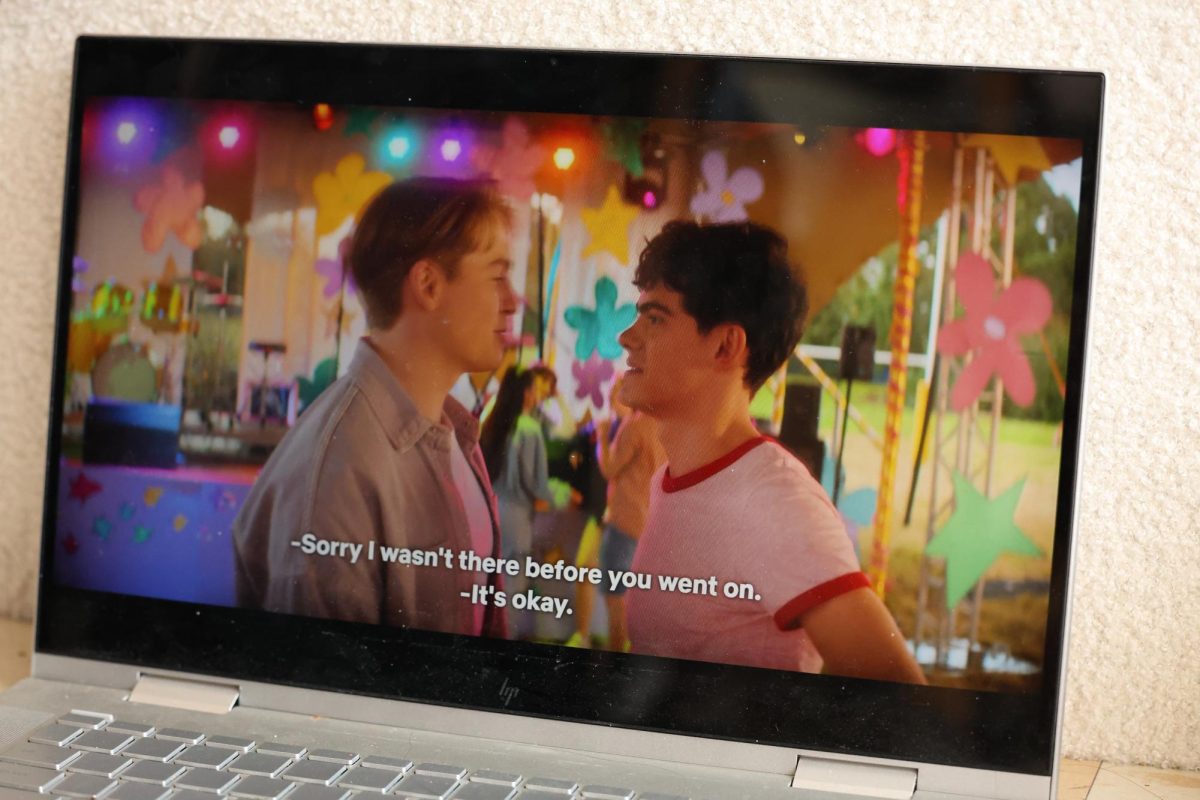by Theresa Schliep
Sleepovers in middle school were dominated by scary movies featuring pretty stars who tried to convince us they were of high school age. I recently watched one such film with my friends, One Missed Call, promising them a scary throwback movie that would remind us of times long gone.
Instead, I spent the whole movie trying and failing to convince my friends it was actually scary. It’s hard to do so when the whole plot depends on mid-2000s cell phones that ring even when off, foretelling the owner’s death.
It was not my nine year old naivete that convinced me this movie was actually good. By that time, I was a seasoned pro concerning the horror drama, already having mastered classics like The Exorcist and television shows like “Paranormal State.” I may not have been able to distinguish between cheap slasher films and cinematic masterpieces; but I was shocked to have realized recently how bad movies like One Missed Call and Prom Night truly are, despite their box office success.
As of late, I’ve developed a habit in which I can’t watch a movie without looking it up on Rotten Tomatoes. Every choice in film is dictated by its “fresh” score on the Tomatometer. If a film dips below 70 percent, it’s not likely that I’ll watch it.
An article in the The New York Times details the influence Rotten Tomatoes has on the success or critical acclaim of films. The movie business isn’t doing well, according to The New York Times. Many Hollywood executives cast part of the blame on the ubiquity of the movie review website.
Hollywood might be able to fix its attendance problem if it works on racial, gender and sexual inclusivity. For the top grossing films in 2017, women comprised 18 percent of directors, writers, producers, and other behind the scenes positions, according to Women in Hollywood.
Representation is even lower for women of color, and the number of films dedicated to non-heterosexual relationships is even smaller.
However, I’d be remiss to ignore the impact Rotten Tomatoes has on film taste and popularity. While I don’t particularly enjoy indulging in poorly made movies, I do miss the risk in choosing a movie without consulting Rotten Tomatoes or other rating websites.
Many arguably good movies — at least, movies I would argue are good — have pretty abysmal Rotten Tomatoes scores. The website can’t quantify elements like nostalgia. For instance, Space Jam may not be the most artfully produced film. However, its quality lies in its place as a cultural representation of its time (Michael Jordan, Bugs Bunny and the Looney Tunes) and not in its production. Rotten Tomatoes offers the critics consensus on the film: “A harmless mishmash of basketball and animation that’ll entertain kids but leave adults less than thrilled.” Besides the unnecessary demarcation between films for kids and films for adults, the 38 percent score ignores the cultural and contextual value of the film.
While Rotten Tomatoes is not an entirely ineffective way to determine the quality of a film, perhaps we can depend on it less. Yes, you may end up watching movies like One Missed Call that received a 0 percent rating on Rotten Tomatoes. But deciding on your own the quality of a movie good for yourself is a pleasurable and productive experience.






































































































































































































